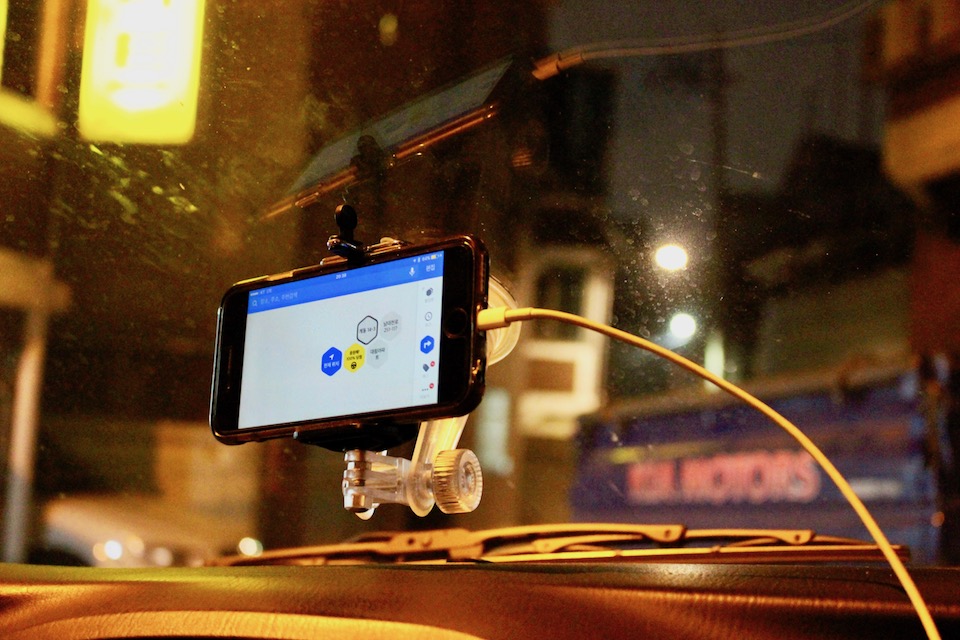Like most youngish South Koreans, Kim Min-seob is spending his Friday evening seated with his neck craned downward, glued to his smartphone. But Kim isn’t scrolling through social media feeds or looking out for text messages from friends or love interests. He’s looking for his next driving gig.


